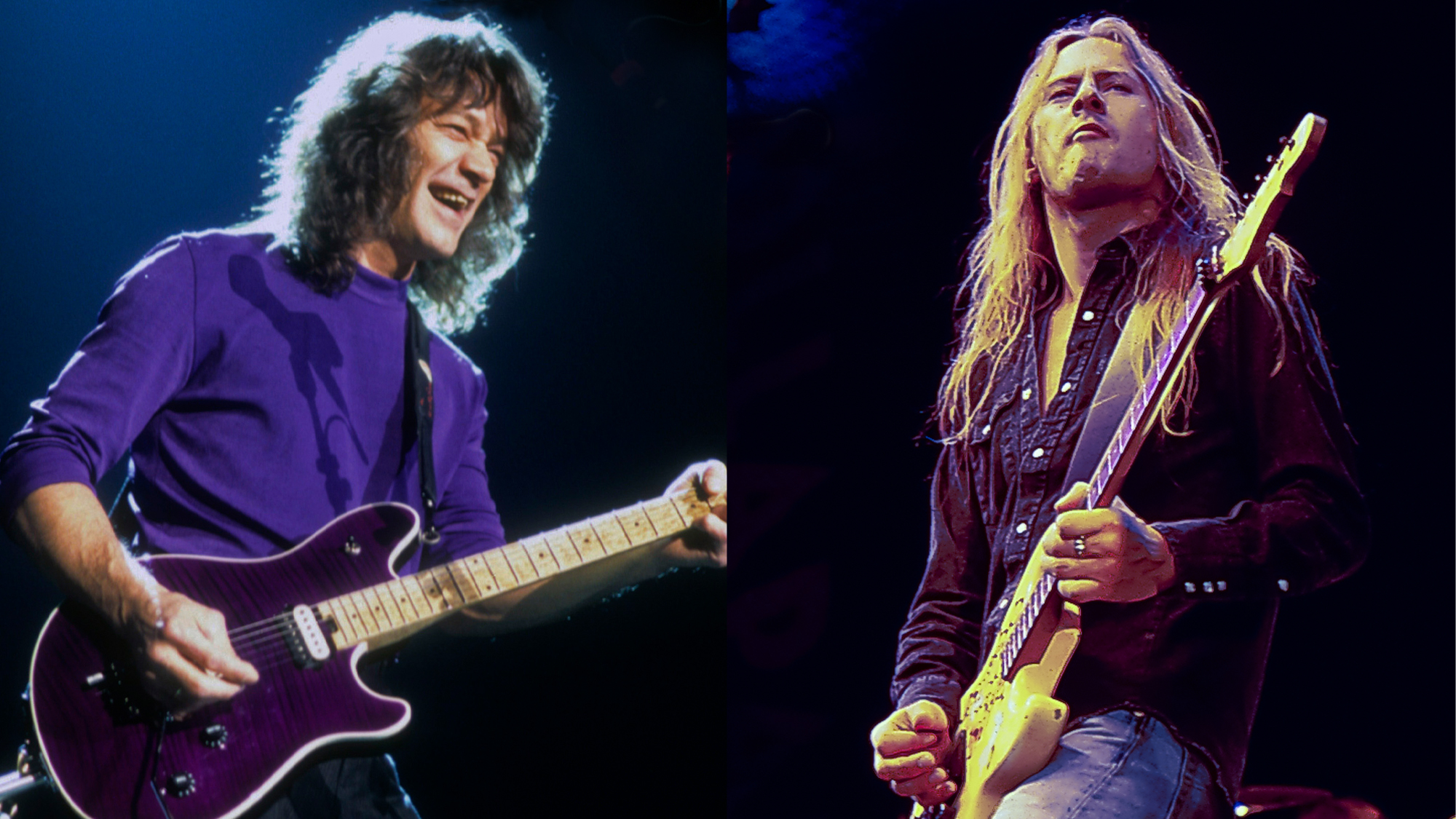Rarely Played by the Artist Himself, the Gibson Barney Kessel Regular Was More Famously Spotted in the Hands of Sister Rosetta Tharpe and T-Bone Walker
In the early ‘60s, Gibson entered a new era of signature models with the giants of jazz guitar
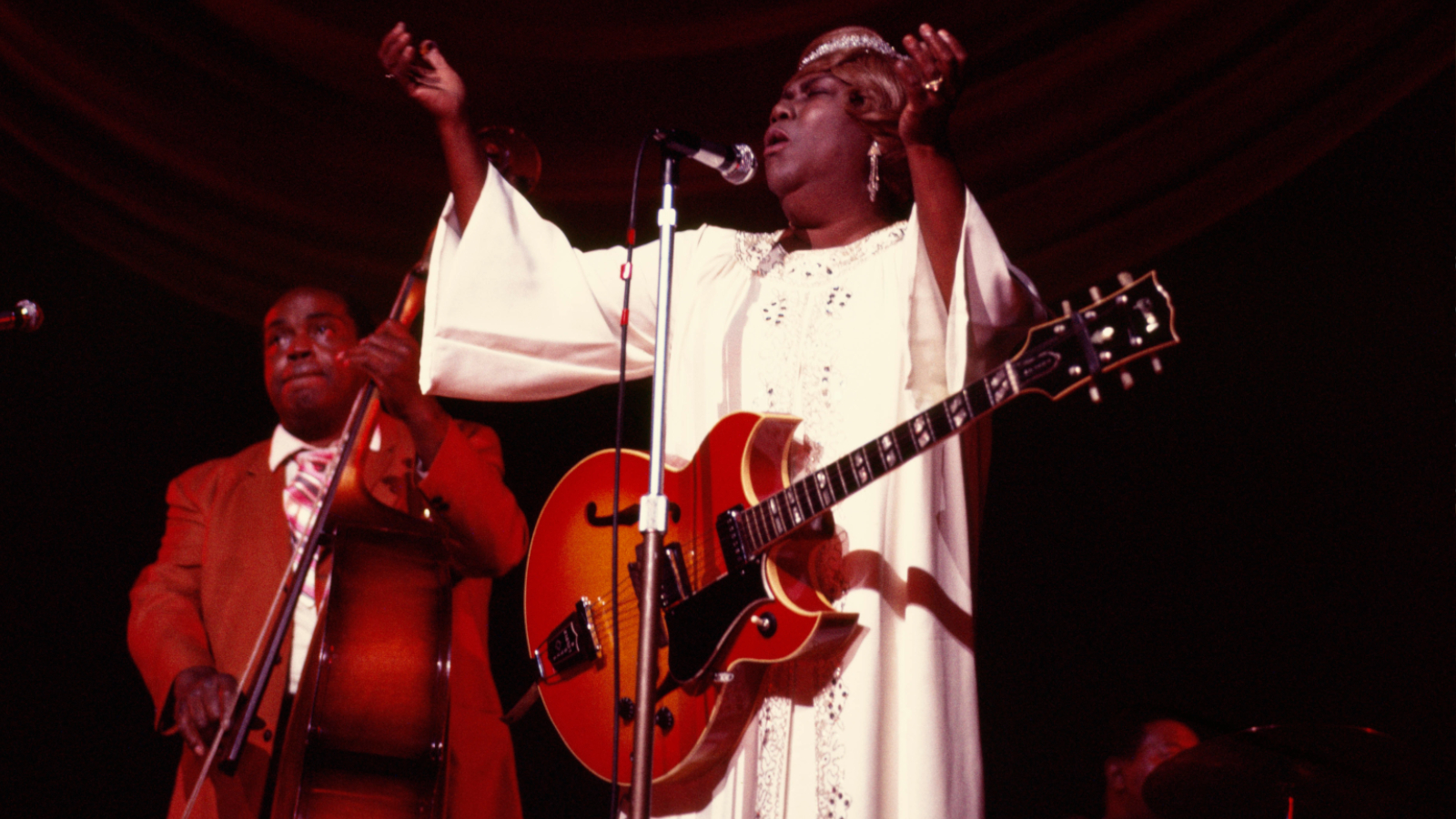
Although Gibson has accumulated a rich history of artist signature models to date, when the Barney Kessel Regular and Barney Kessel Custom electric archtops were released in 1961, such guitars were few and far between.
The very first Gibson signature model guitar, the Nick Lucas Model flat-top, appeared in 1927, followed by the Roy Smeck Radio Grande and Roy Smeck Stage Deluxe flat-tops in 1934. Both Nick Lucas and Roy Smeck were big-name stars of radio at the time, as was Les Paul prior to the release of Gibson’s now iconic range of signature solidbodies (beginning in 1952 with the Les Paul Model/Goldtop).
Household-name status appeared to be a rare prerequisite for would-be Gibson co-branded models, but as guitars became an ever more prominent part of popular culture throughout the 1950s, a new generation of highly influential guitar heroes appeared to the masses on stage, film, television, radio, vinyl and newsstands.
Barney Kessel was one of the era’s most prominent guitarists and was frequently in the media spotlight. Often regarded as a musical successor to fellow Oklahoma resident and electric jazz-guitar progenitor Charlie Christian, Barney began to leave his mark in the annals of jazz history during the ‘40s, appearing in the short film Jammin’ The Blues and recording with Beat Generation icon and bebop jazz trailblazer Charlie Parker.
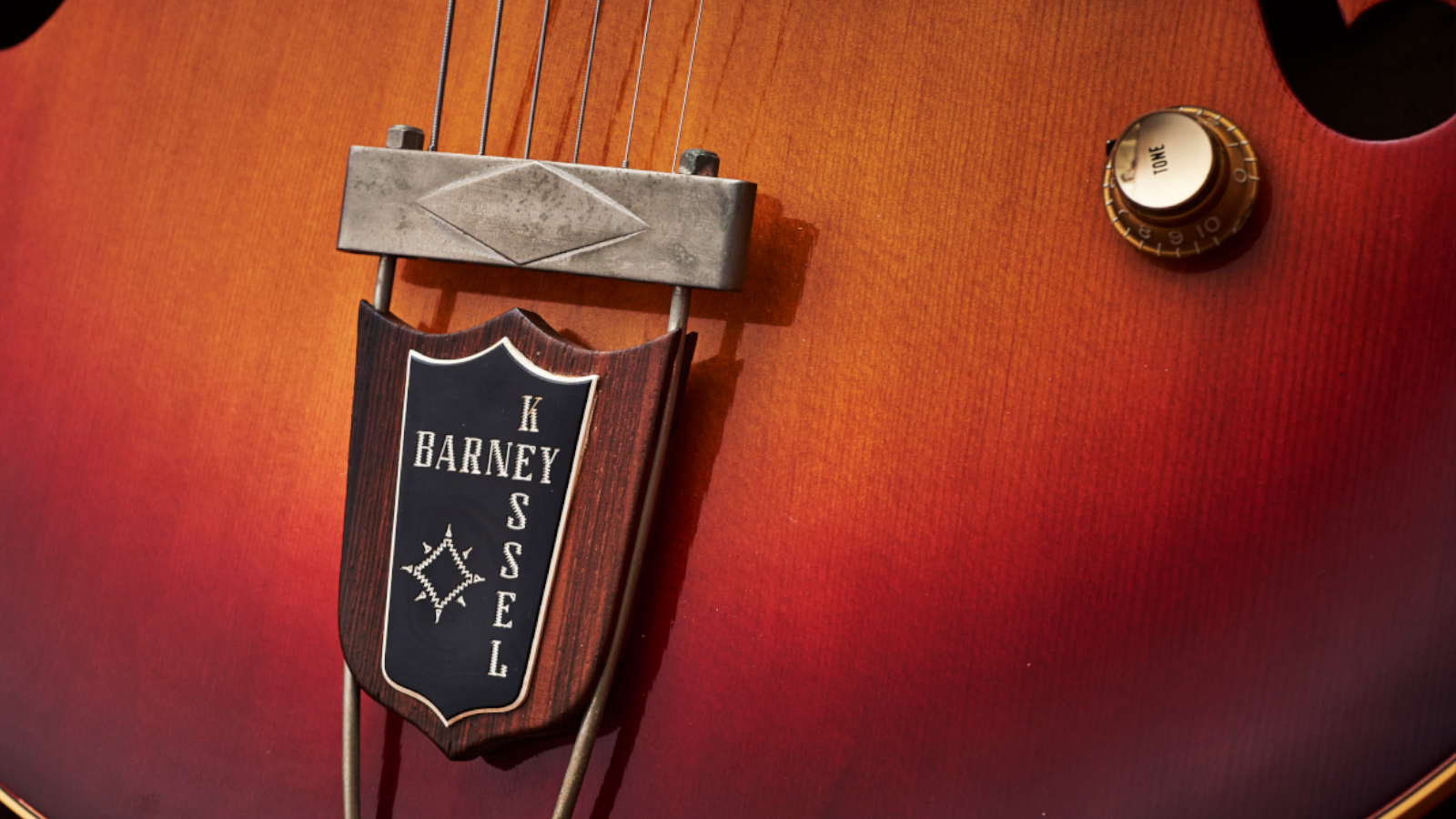
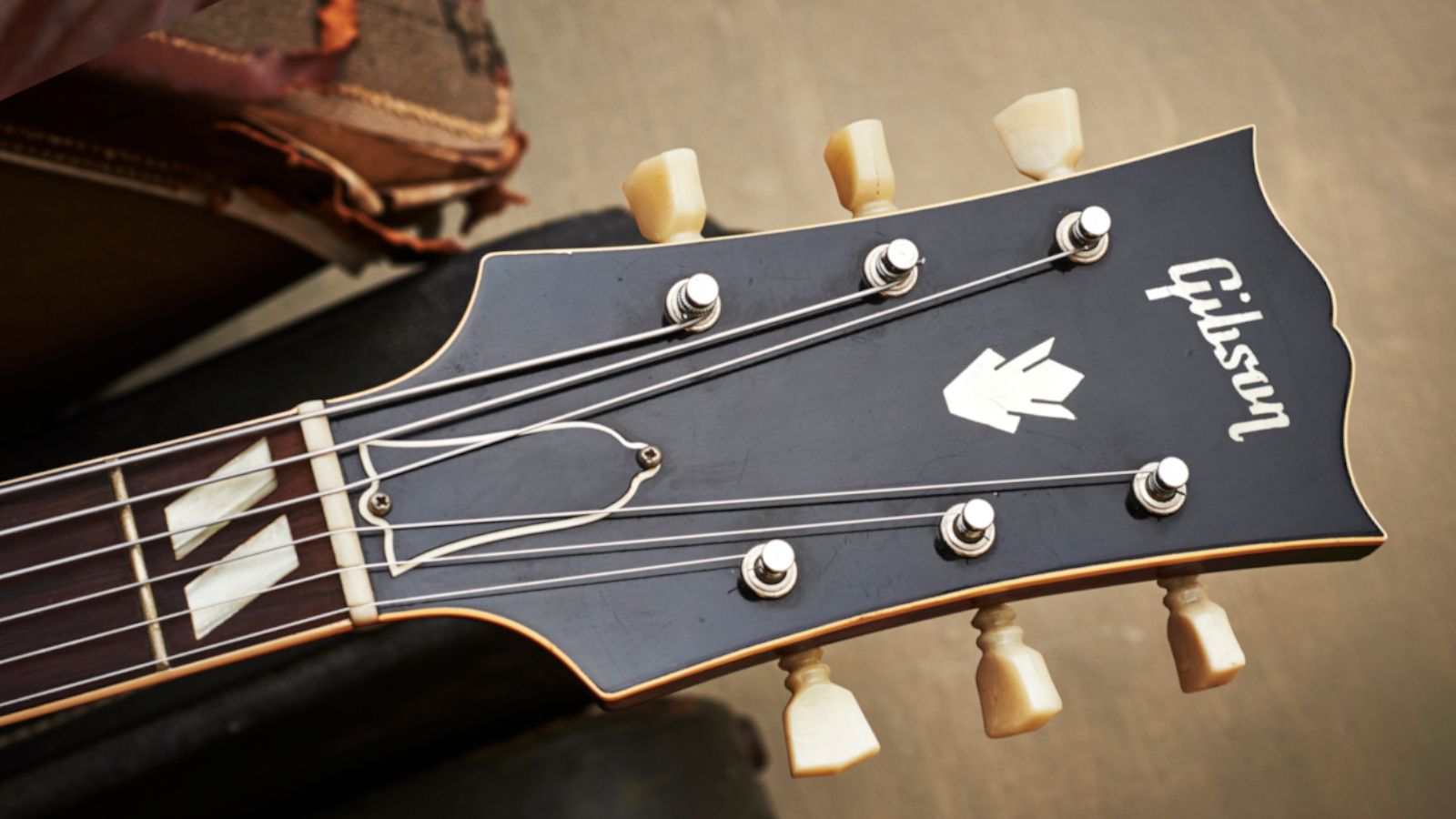
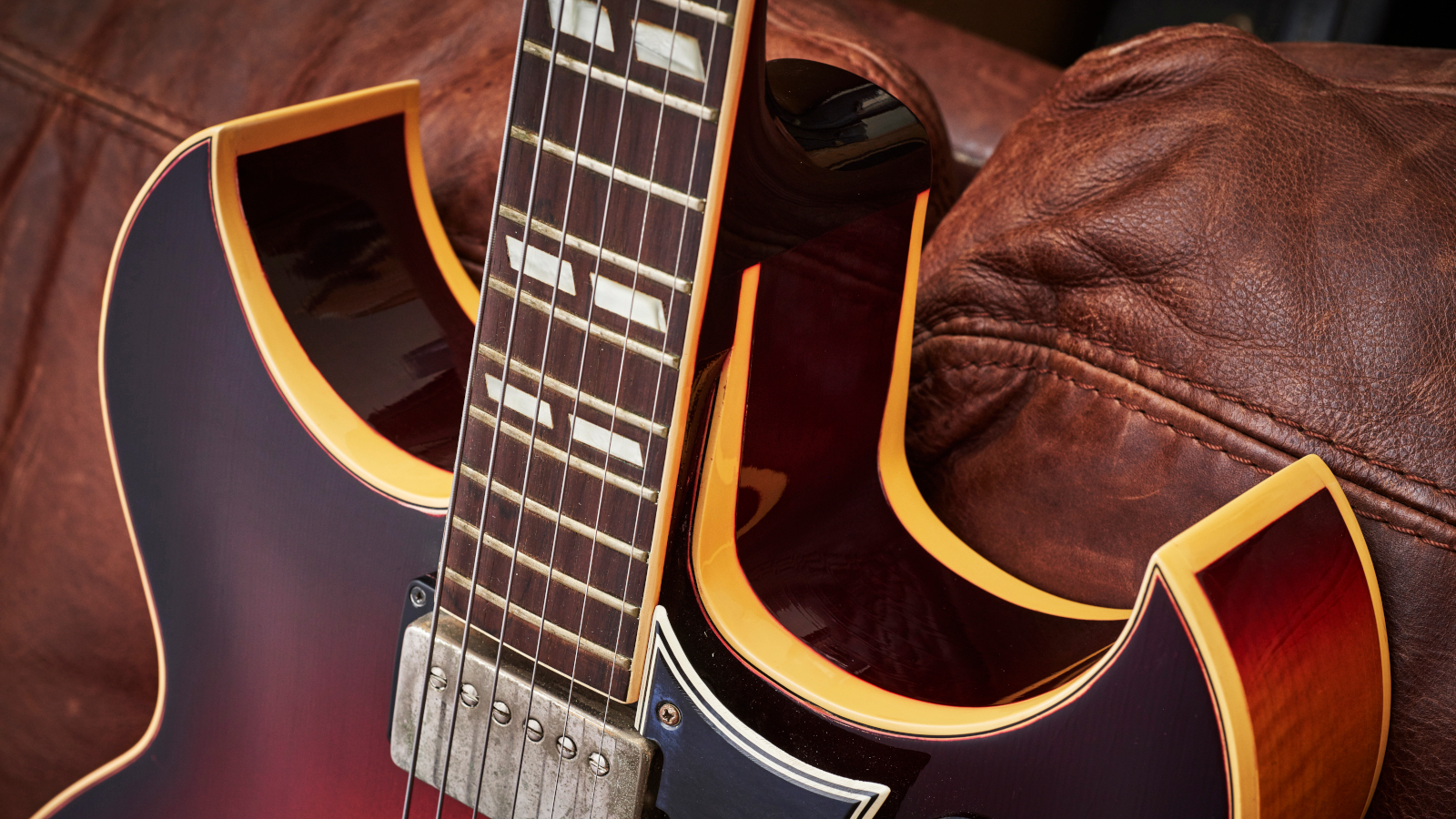
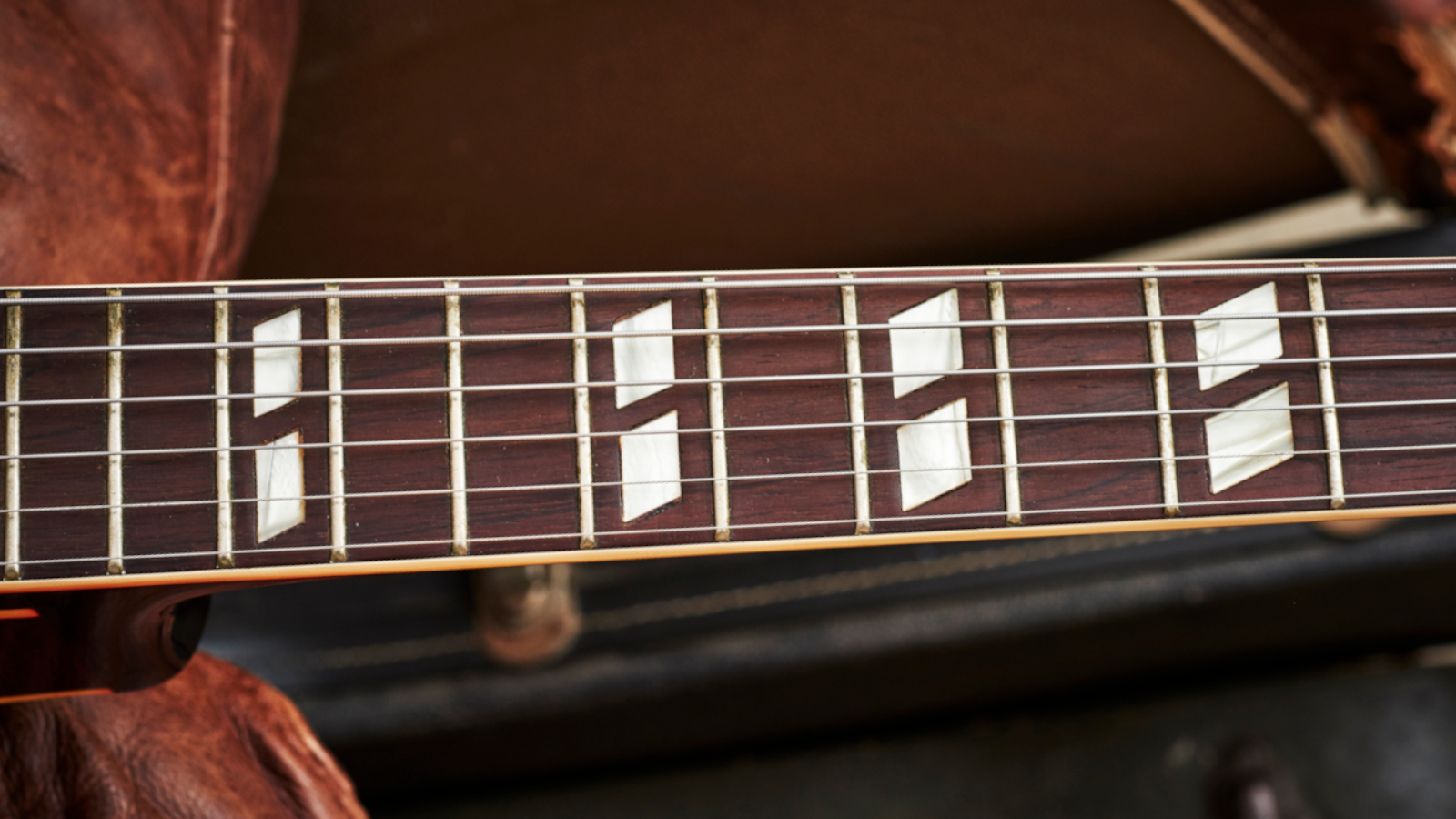
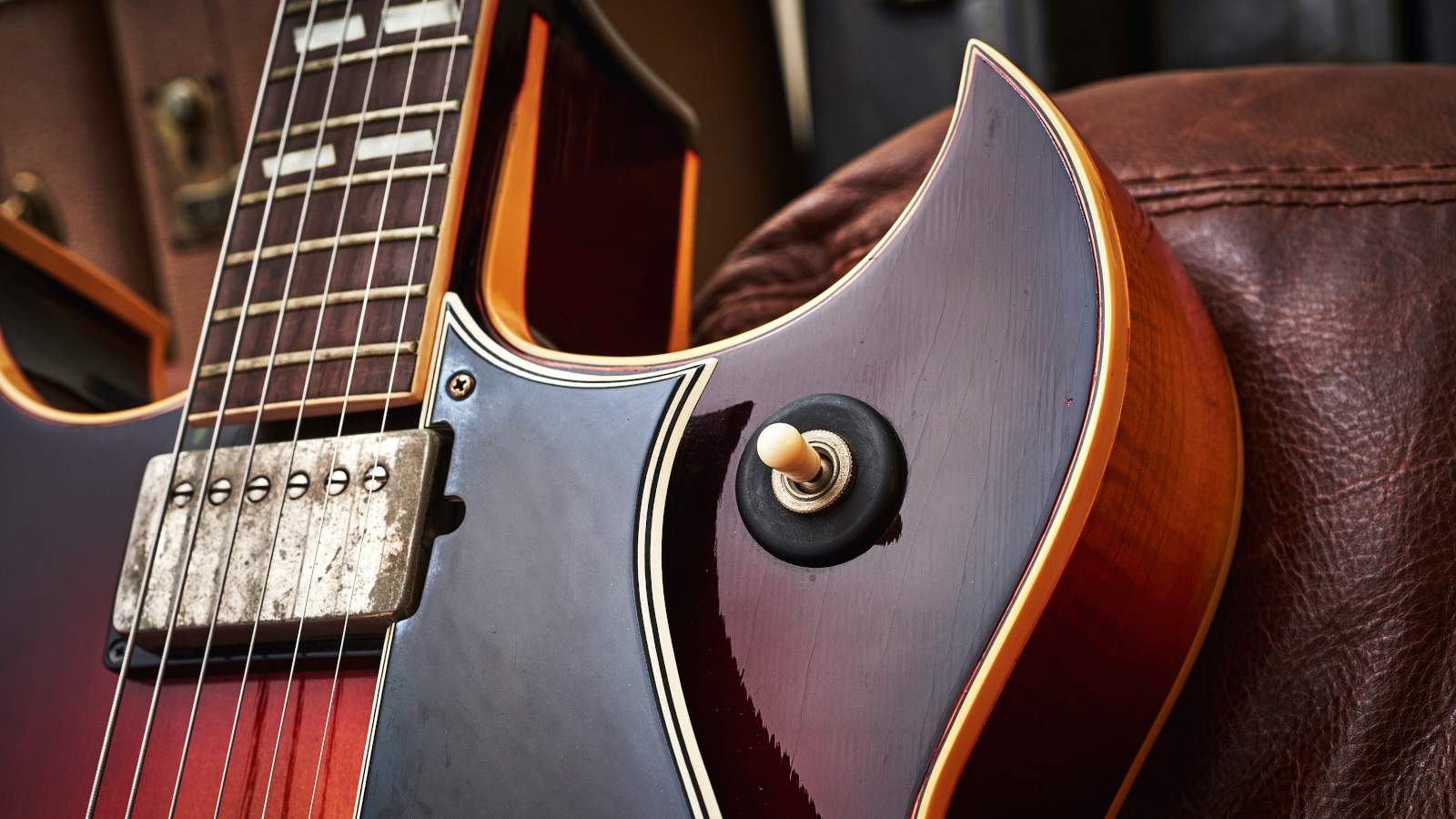
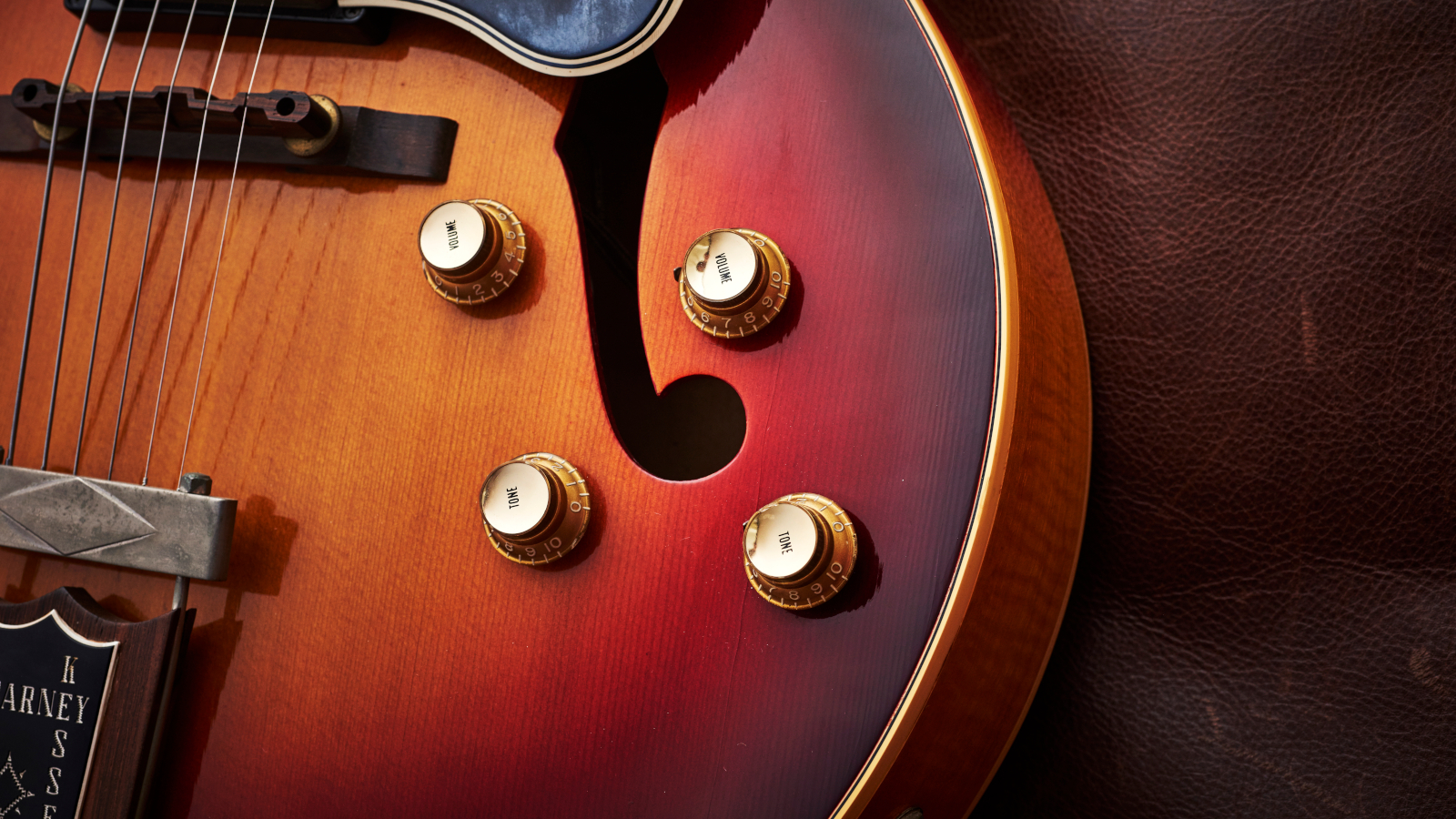
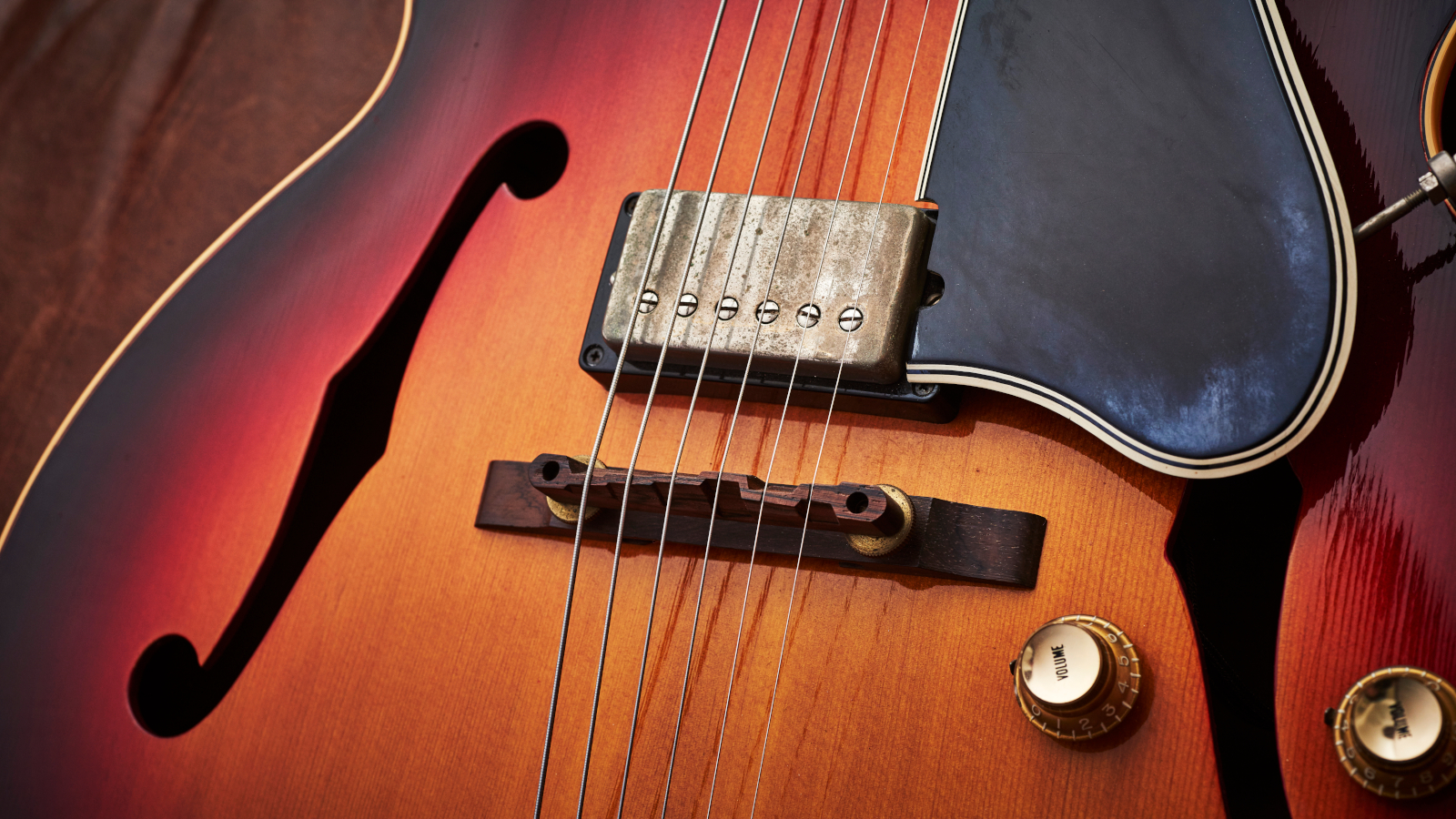

In the ‘50s, Barney rose to fame as one of the jazz world’s most in-demand musicians, appearing on several Billie Holiday albums in the latter part of her career, as well as recording an impressive body of work under his own name on the Contemporary Records label.
By the early ‘60s, Gibson was in talks with jazz guitar contemporaries Barney Kessel, Johnny Smith and Tal Farlow regarding the development of signature electric archtop models, culminating in the release of the Gibson Johnny Smith in 1961 and the Gibson Tal Farlow in 1962.
The company had already developed a prototype dual-humbucker electric archtop in 1960 for Tal, featuring a double Florentine cutaway (reminiscent of the newly introduced pointed double-cutaway 1960/1961 Les Paul/SG body shapes), and it was this example that Barney lent his name to as the basis for both signature models, rather than embarking on a fully collaborative design effort from the bottom up.
All the latest guitar news, interviews, lessons, reviews, deals and more, direct to your inbox!
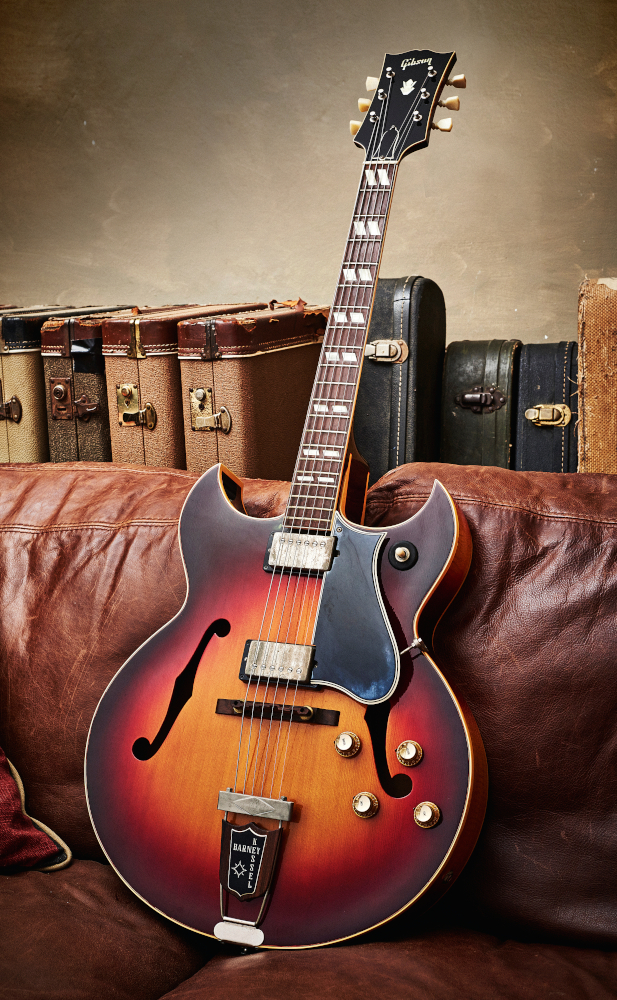
In turn, the same body profile was assigned to the Trini Lopez Deluxe signature model, which was released in 1964.
Originally, the Barney Kessel Regular and Custom versions were priced at $395 and $560 respectively. Both were finished in Cherry Sunburst and feature a large 17-inch-wide/three-inch-deep body with a laminate construction of spruce top and maple back and sides, along with dual-humbucking pickups incorporating individual volume and tone controls and a three-way selector switch.
Although both versions have a bound rosewood fretboard, 25.5-inch scale length and large Super 400-style headstock, the Regular features a crown peghead inlay, while the Custom is easily differentiated by its large musical note inlay.
Additionally, whereas the Regular sports a one-piece mahogany neck, double-parallelogram fretboard inlays, nickel-plated hardware and a rosewood bridge, the Custom boasts a three-piece maple neck, bow-tie fretboard inlays and gold-plated hardware (including a tune-o-matic bridge).
Both guitars remained in production until the early ‘70s, with 1,117 Regulars and 740 Customs being recorded shipped in total.
While the Gibson Barney Kessel Regular was seen in the hands of guitar greats T-Bone Walker and Sister Rosetta Tharpe, the signature artist himself tended to play other instruments, notably his Gibson ES-350 modified with a Charlie Christian pickup.
The Evolution of the Gibson Barney Kessel Regular
- 1960 Double Florentine-cutaway electric archtop prototype developed
- 1961 First released ($395 list price); laminated spruce tops; 1 11/16” nut width; PAF humbuckers
- 1962 Patent number sticker (‘Patent No 2,737,842’) humbuckers introduced
- 1964 Short/non-elongated neck heel introduced
- 1965 Laminated maple tops; chrome hardware; 1 9/16” nut width
- Mid '60s Some with solid spruce top and solid maple back
- 1967 Black/opaque ‘witch hat’ knobs introduced
- 1970 Last appeared in Gibson catalog
- 1972 Last models manufactured in Kalamazoo
- 1973 Last models shipped
With thanks to Vintage 'n' Rare Guitars in Bath, U.K.
Rod Brakes is a music journalist with an expertise in guitars. Having spent many years at the coalface as a guitar dealer and tech, Rod's more recent work as a writer covering artists, industry pros and gear includes contributions for leading publications and websites such as Guitarist, Total Guitar, Guitar World, Guitar Player and MusicRadar in addition to specialist music books, blogs and social media. He is also a lifelong musician.

